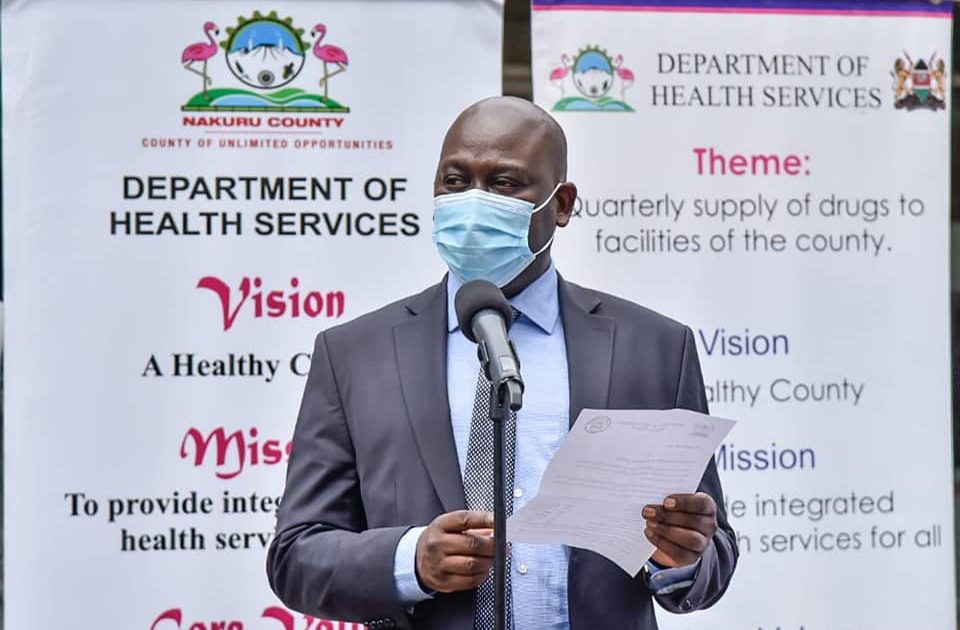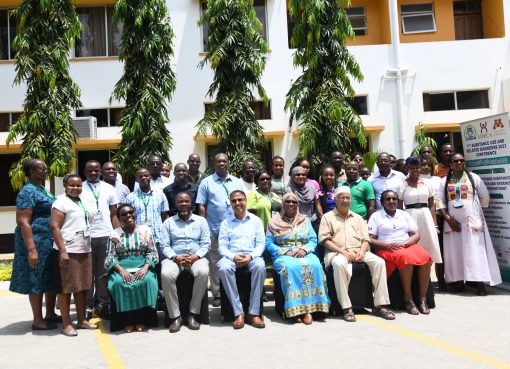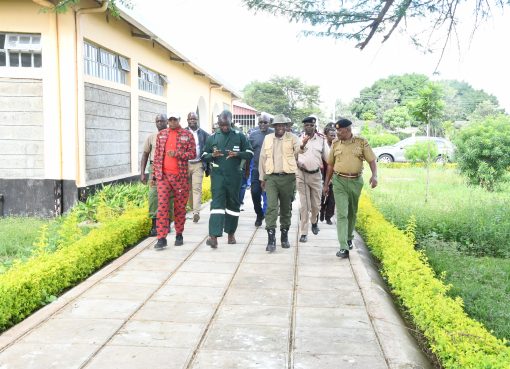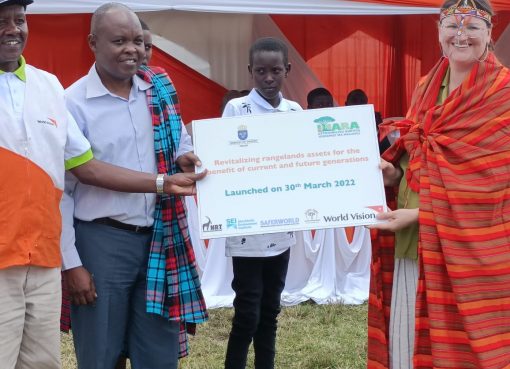Nakuru Deputy Governor Dr Eric Korir has launched a Sh 2.55 billion County Nutrition Action Plan (CNAP) aimed at reducing rising cases of malnutrition within the County.
The plan developed with financial and technical support of Nutrition International, county administration and nutrition stakeholders has set ambitious targets for the scale-up of nutrition interventions over the next five years.
Dr Korir revealed that Nakuru loses Sh 626.9 million due to increased mortality, low economic output and lowered labour productivity attributed to malnutrition, an amount he said represented 0.22 percent of the devolved unit’s Gross Domestic Product.
According to statistics from the devolved unit’s Department of Health of the 275,921 children under five living in the county, an estimated 27.9 percent are stunted way above the national level of 26 percent, a further 5 percent are wasted while 10.2percent are underweight.
Speaking during the launch of the action plan Dr Korir said that the figures are embarrassing and unacceptable in a county considered as one of the food baskets in the country.
He said that the launch of CNAP is geared towards providing a road-map for all the stakeholders to reverse and address the burden of malnutrition.
According to the Kenya Demographic Health Survey (2014), 75,439 children in Nakuru County were stunted while malnutrition causes an estimated 17,033 cases of low birth weight and underweight annually within the devolved unit.
“As a county we have a target of reducing malnutrition by 60 percent and 58 percent respectively in children under five and expectant women in the next five years as outlined in our 2020-2025 CNAP. It is projected that 5,436 cases of wasting will be avoided.
The interventions are projected to result in 1,473 child deaths averted, 22,453 cases of anaemia prevented in pregnant women and 4,666 cases of anaemia avoided in adolescent girls.
“We are confident that over the period, prevalence of stunting will come down by approximately 38 percent while cases of iron deficiency anaemia in pregnant women will drop by 58 percent,” he added.
Nutrition International supported the development of the CNAP through its Nutrition Technical Assistance Mechanism’s Technical Assistance for Nutrition project, funded with UK aid from the United Kingdom government.
Other partners who offered technical support include the Ministry of Health’s Nutrition and Dietetics Unit, United States Agency for International Development (USAID), Afya Uzazi and Egerton University.
Korir further said that it requires a multi-sectoral approach to address the menace by bringing on board health, agriculture, education, gender, sports, water and sanitation professionals among others.
He revealed that overall, undernutrition in Nakuru County costs the health system an estimated Sh 175.6 million per year, adding that the menace had reduced education performance of learners with Nakuru recording an average annual 333 cases of class repetitions and drop outs due to stunting.
Absenteeism occasioned by stunting in the devolved unit, he stated, was costing the education sector and affected families Sh 4.07 million annually.
“The preventative high-impact nutrition interventions within the CNAP will reach an average of 395,032 newborns, children, adolescent girls and pregnant women annually,” he said.
“The County Nutrition Action Plan will further accelerate and scale up efforts towards elimination of malnutrition as a problem of public health significance in Nakuru County,” said the Deputy Governor.
He added, “Malnutrition has both health and economic consequences and undermines the basic human rights.”
The Deputy Governor urged residents to embrace vegetable gardens as a source of direct nutrients to address malnutrition.
On her part Nutrition International Kenya Country Director Martha Nyagaya regretted that one out of every three people in the world is malnourished.
Nyagaya however said that the challenge is solvable if only the health system could create health for its people.
The Country Director pointed that adolescent girls and women are the most vulnerable due to biological and sociological aspects.
“The women and girls tend to the farms, plant, harvest, and cook, eat last and least thus spurring malnutrition. The development and launch of the Nakuru CNAP confirms the commitment by the county’s leadership to make nutrition a priority for a healthier population. It is a key milestone in addressing the problem of malnutrition in the county and nationally. We are delighted that counties are willing to increase resources to nutrition,” she explained.
The solution to under nutrition, she said, lies in low-cost intervention mechanisms which need to be up scaled by actively involving individuals, families and the communities.
Nutrition International, she said, has been working in Sub Saharan Africa in the past 25 years fighting against malnutrition.
In Kenya, it is working with 16 counties, in reducing the cases including Nandi, Makueni, Vihiga and Busia.
The CNAP has incorporated the priorities of the Nakuru County Integrated Development Plan 2018-2022 and the County Health Sector Strategic and Investment Plan 2018-2022. It lays out actions for resource mobilization, and coordination and implementation of nutrition interventions with health and other key sectors. The plan has clearly defined targets and includes monitoring and accountability frameworks.
by Anne Mwale





